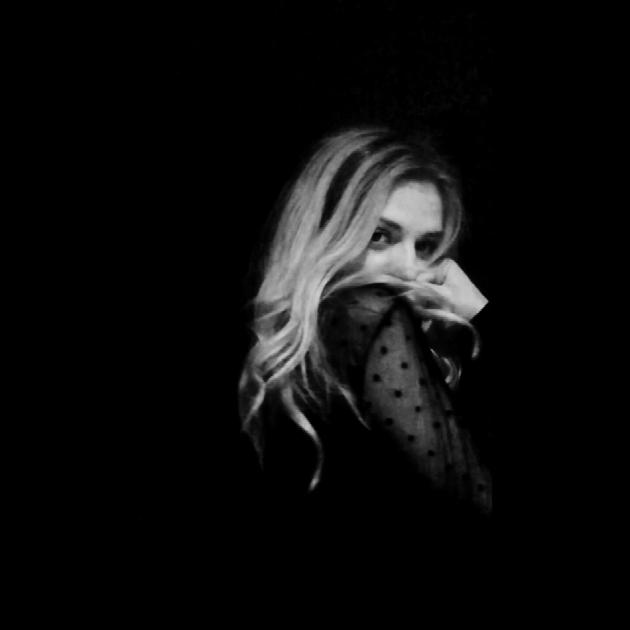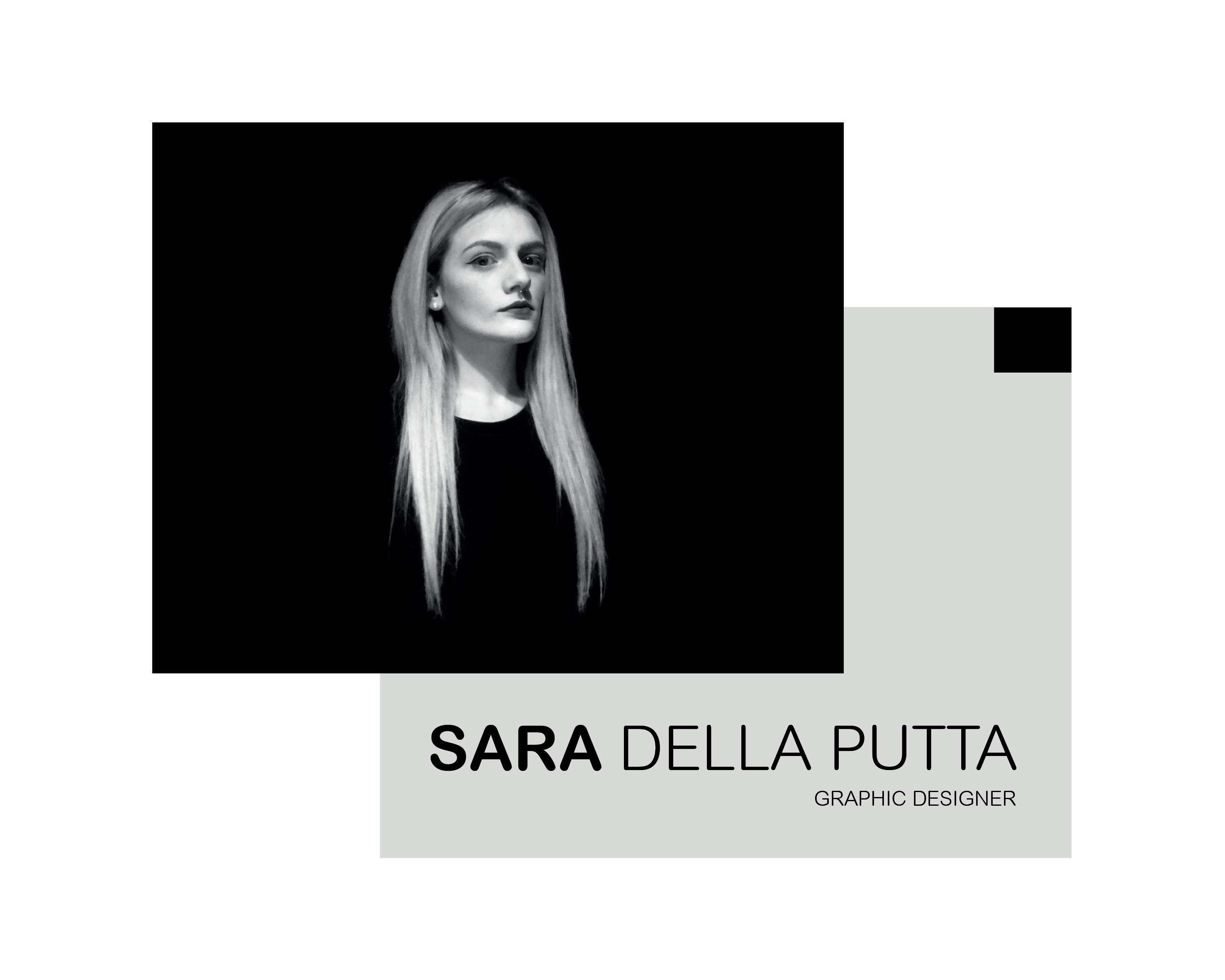


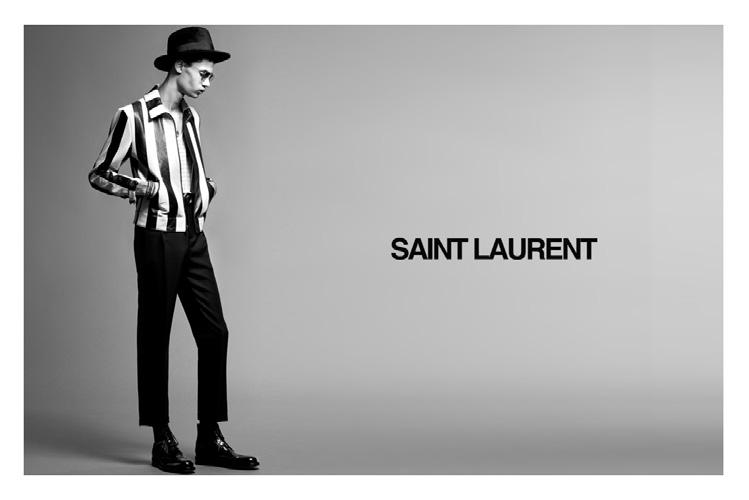
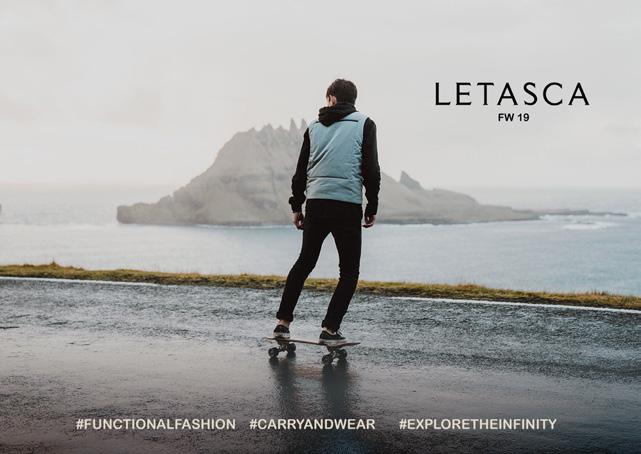
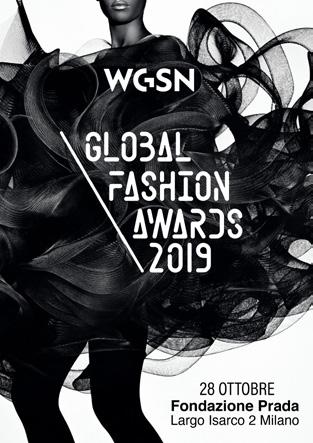
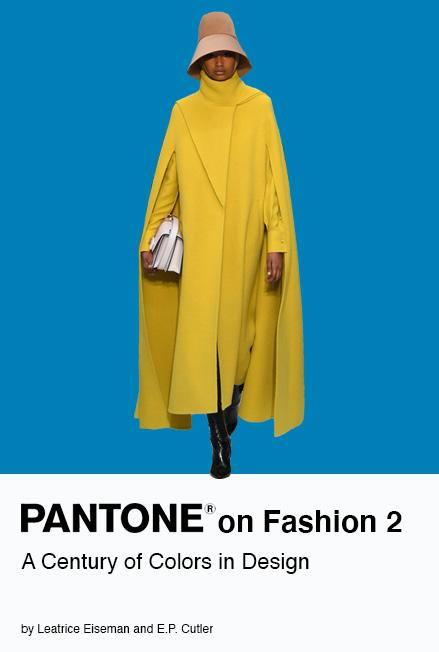
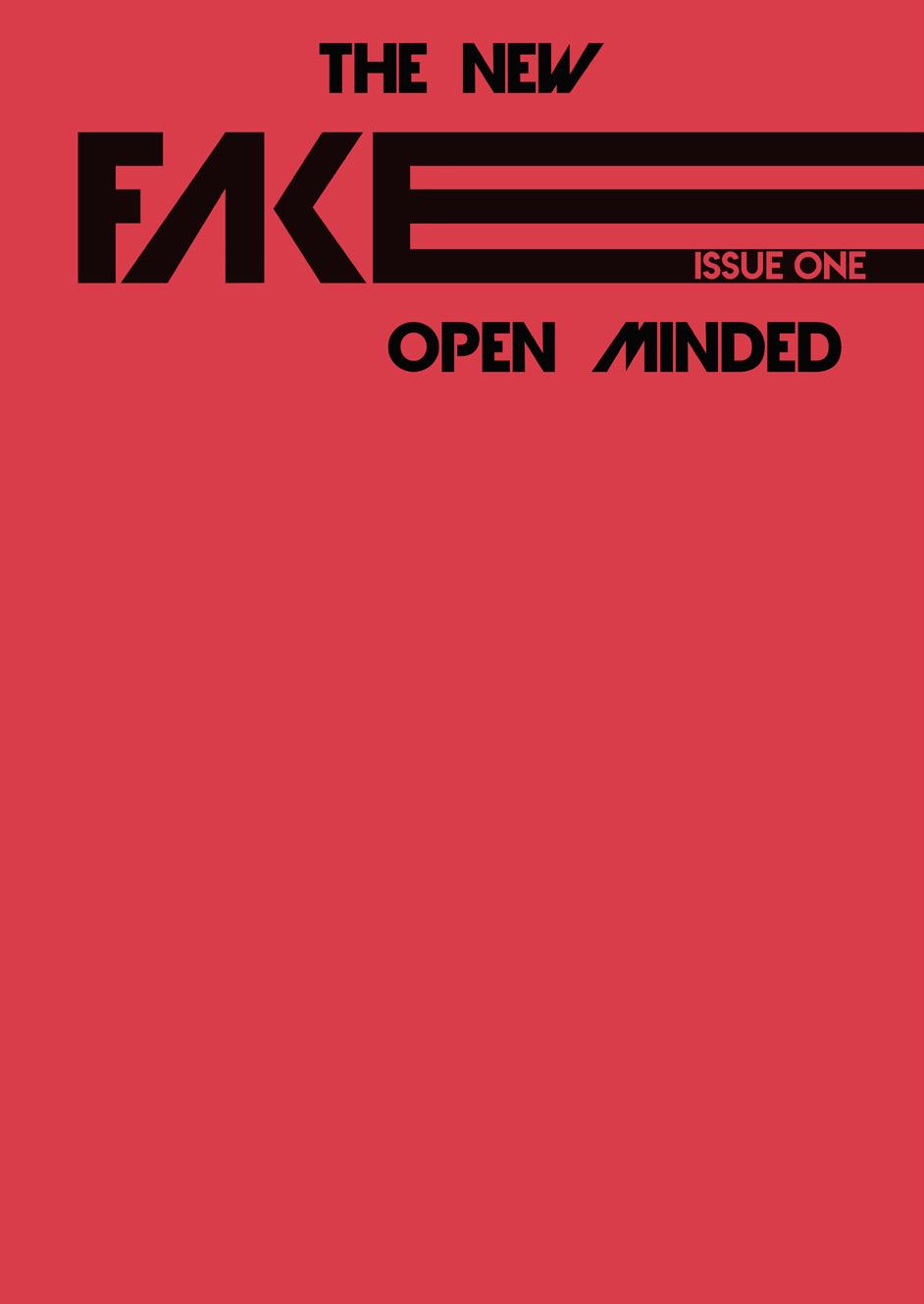















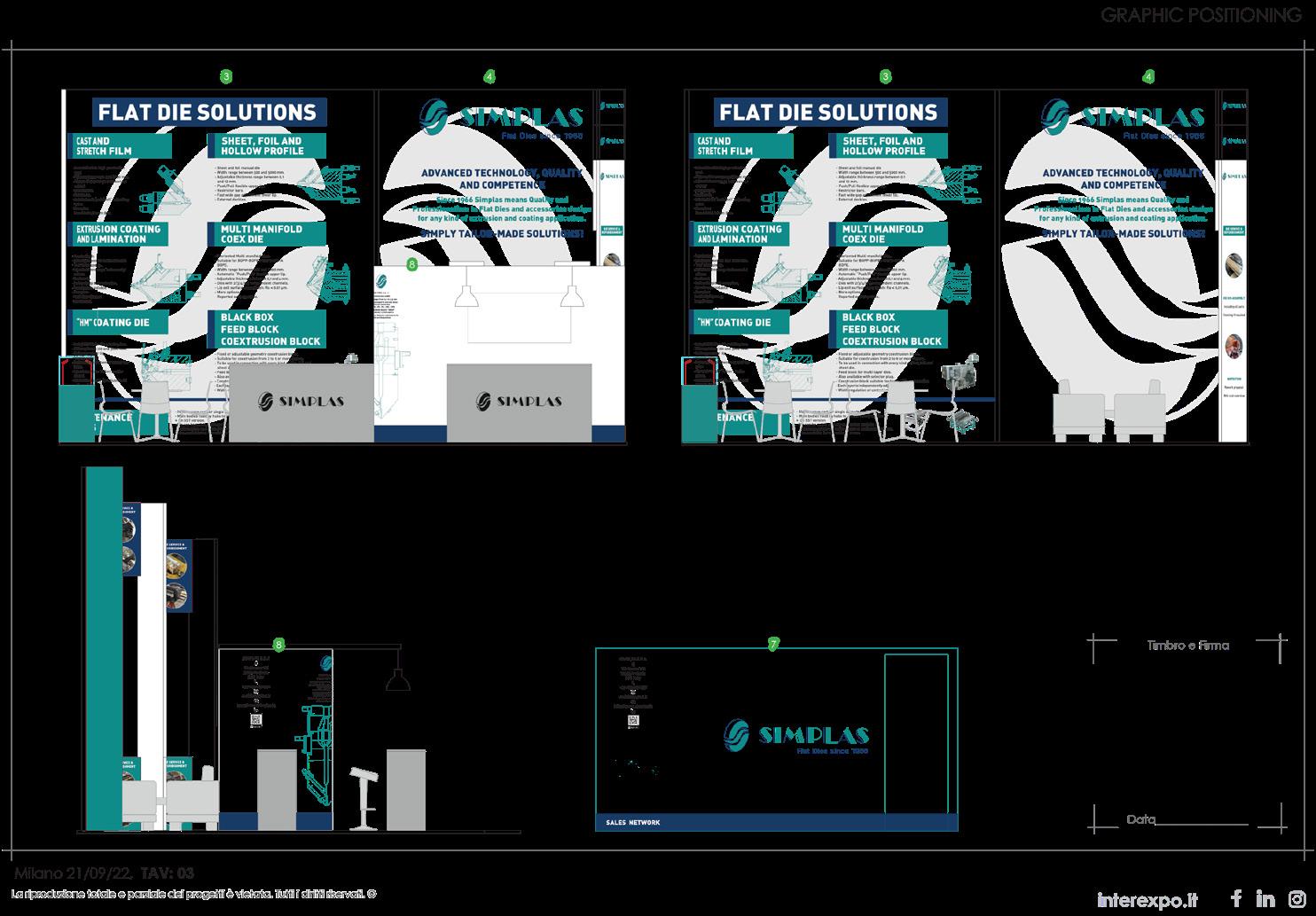
FOR SIMPLAS S.p.a.
K 2022 Dussendorf, 19 th October 2022
SIZE: 8*6m
LOCATION: Hall 1, Stand E81


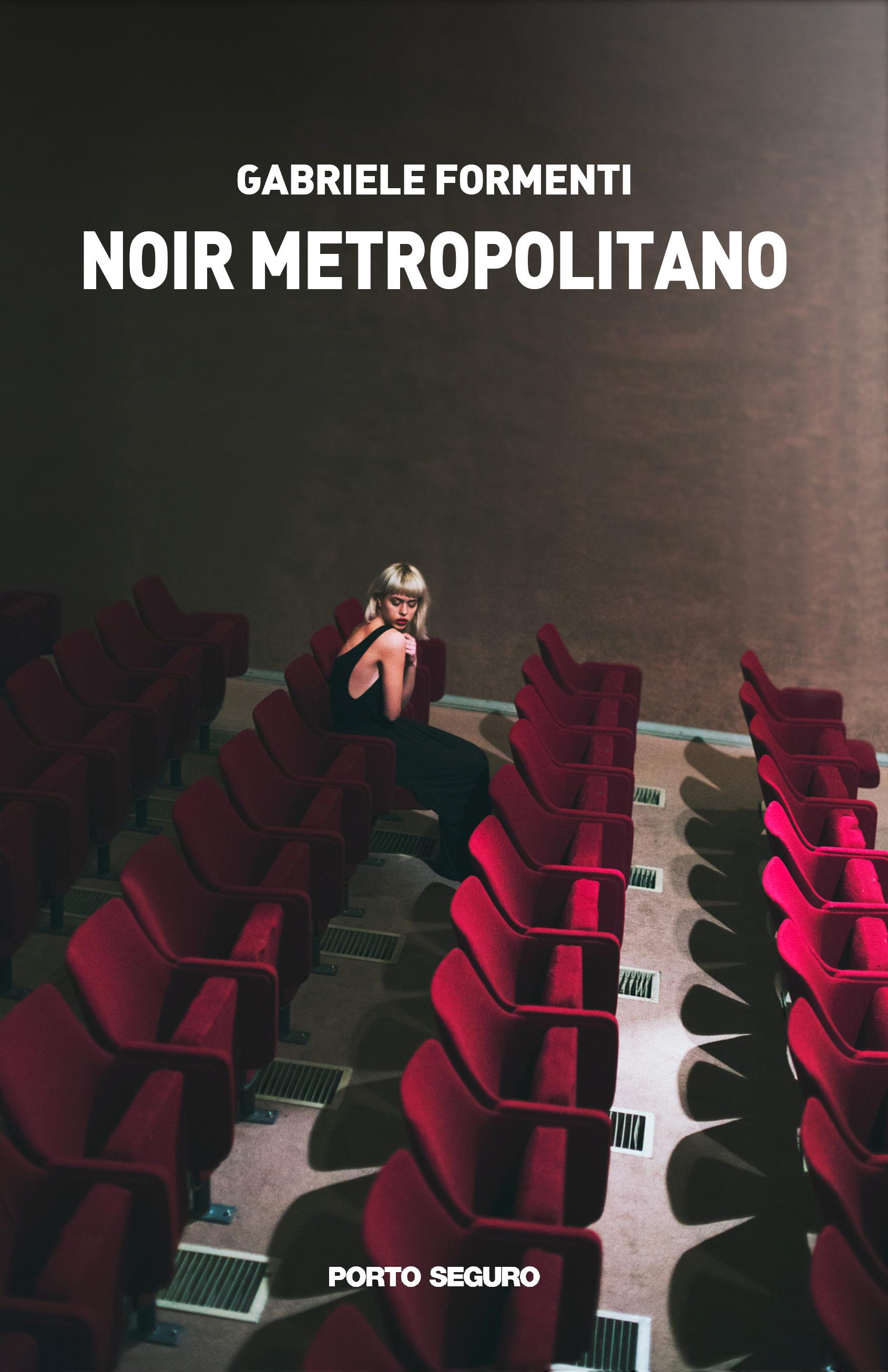

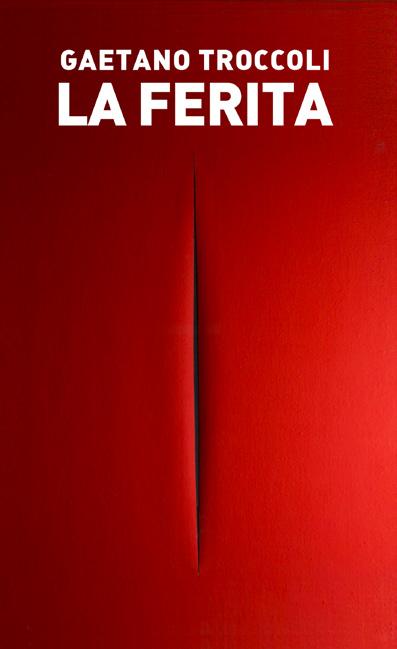

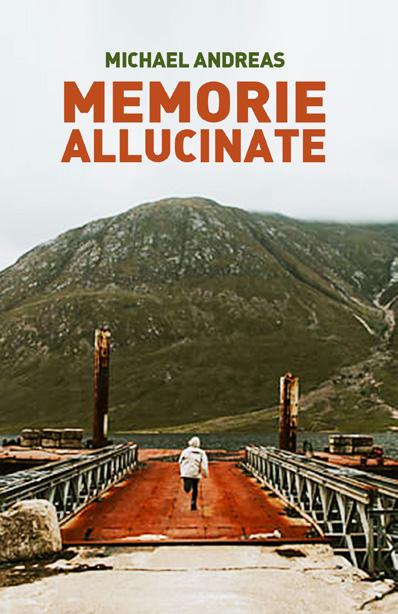
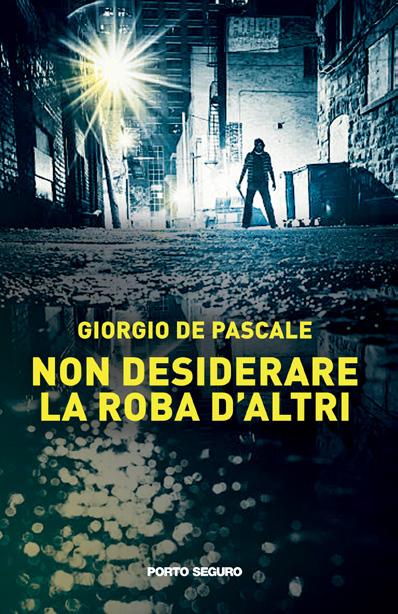
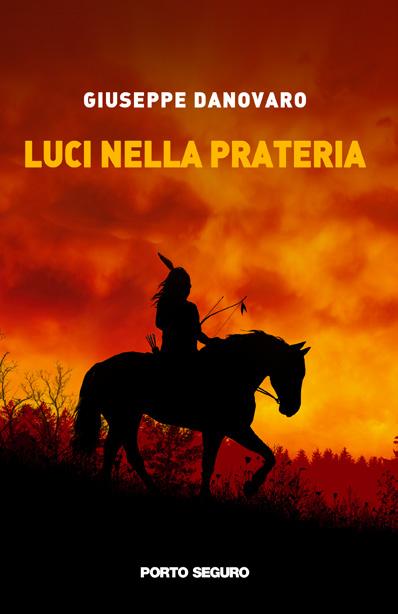

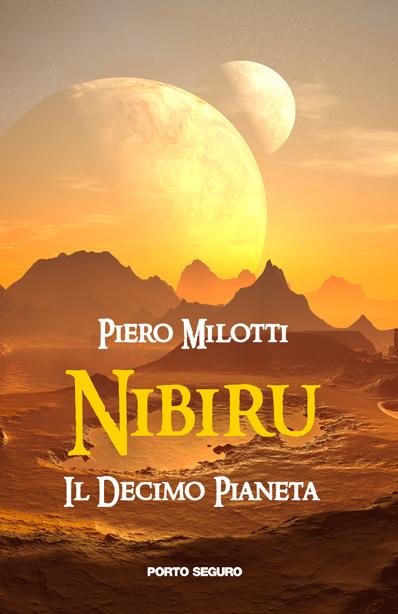


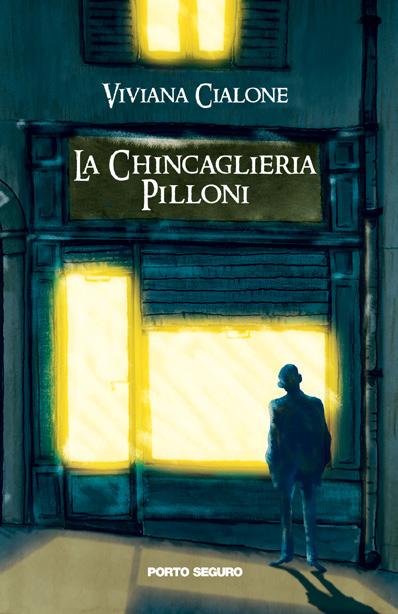

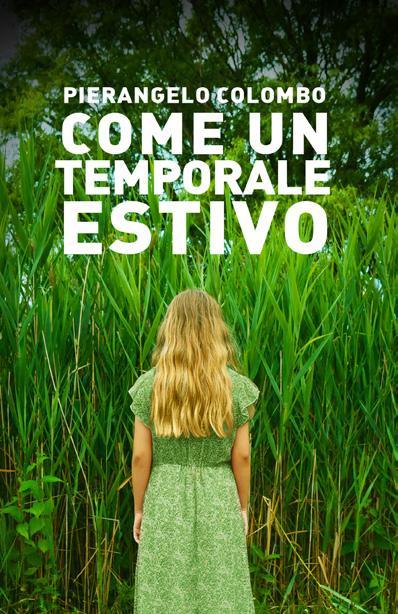

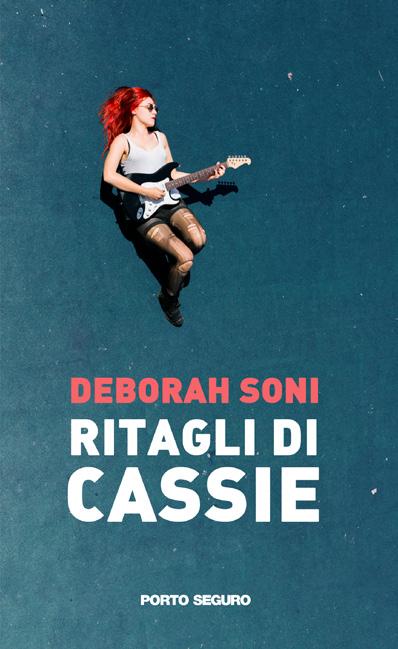
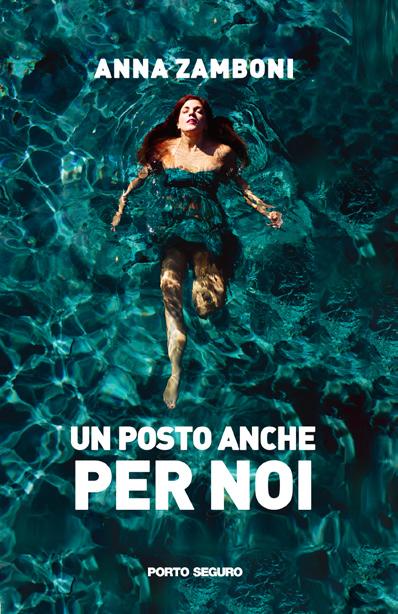

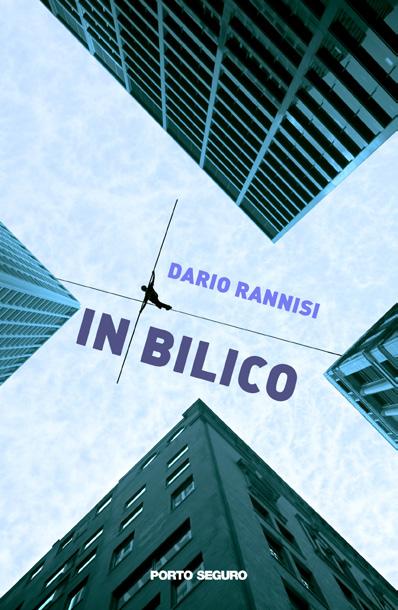

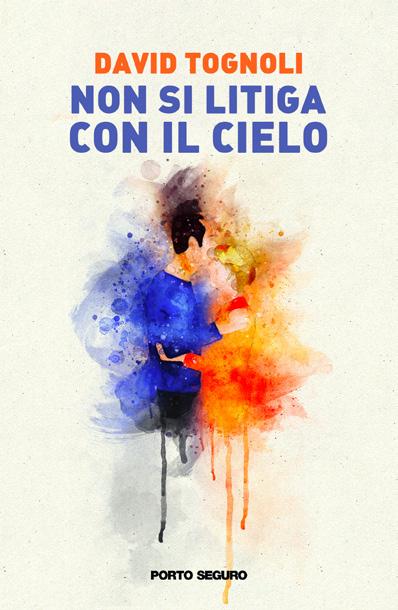
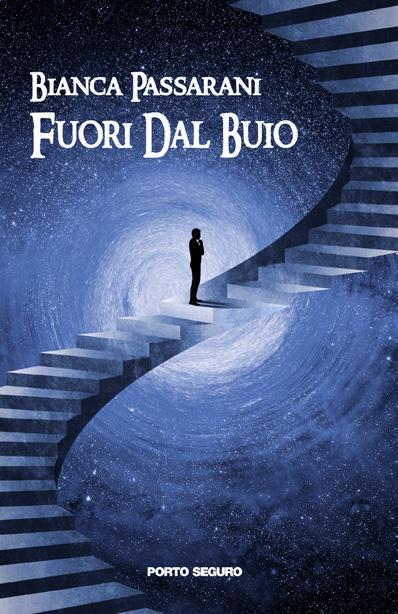





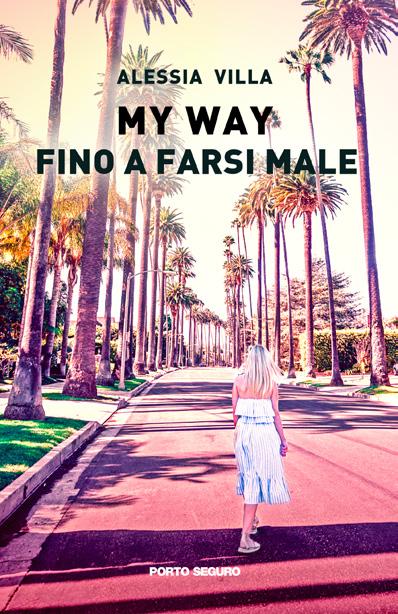
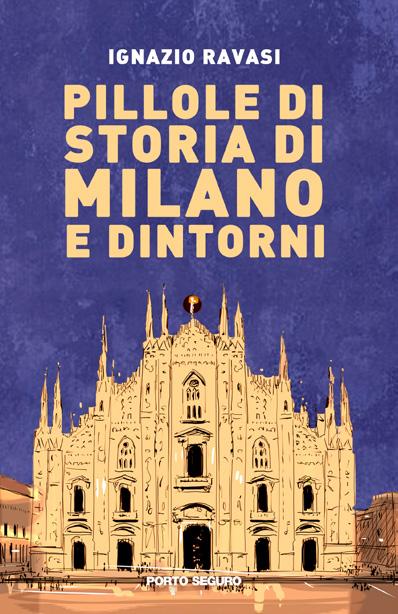


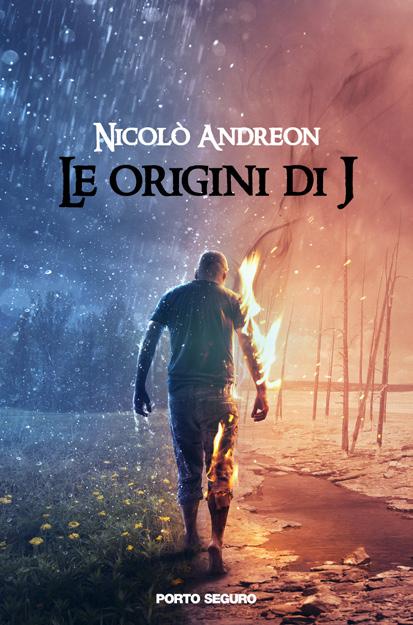
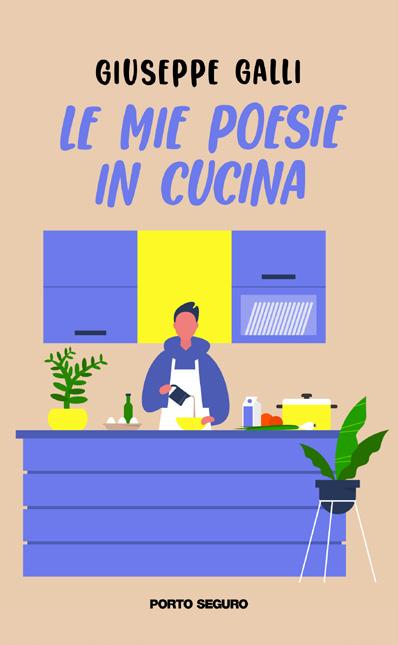



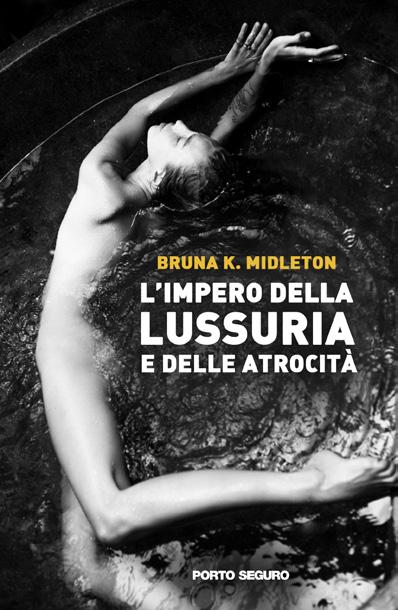
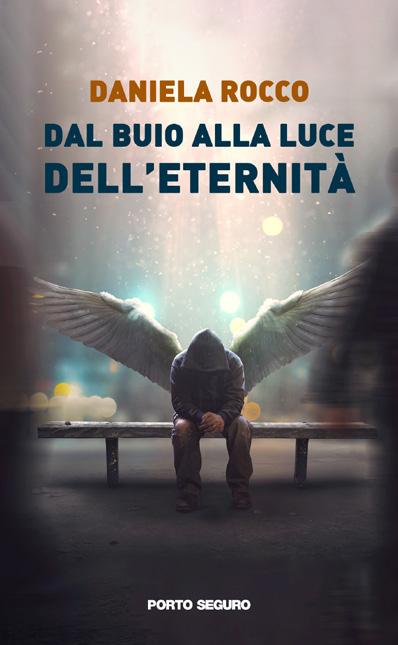
Milano. Teatro alla Scala. Un mistero. Durante la recita del Don Pasquale muore, in circostanze indecifrabili, l’assessore alla mobilità del Comune. Pochi giorni dopo tocca anche al Direttore Artistico del celebre teatro meneghino perdere la vita nel più completo smarrimento. Chi li ha uccisi, e perché proprio nel più importante Teatro d’Opera del mondo? E, ancora, perché un celebre Violino costruito da Stradivari è scomparso in concomitanza con la loro morte? Spetterà all’investigatore privato Roberto Aldi, inseguito dai debiti e dalle manie della ex moglie, alzare faticosamente il sipario su ciò che è accaduto. Noir metropolitano lambisce una Milano allusiva e ci fa immergere totalmente nelle atmosfere affascinanti e impenetrabili del mondo teatrale, in cui la musica è il disarmonico sottofondo di un giallo dalle “note” noir.
GABRIELE FORMENTI, nato a Milano nel 1978, è Laureato in Lettere moderne con una tesi in musicologia ed è diplomato in flauto traverso e flauto traversiere storico presso Conservatori “G. Verdi” di Milano e “A. Pedrollo” di Vicenza. È giornalista professionista e affianca questa attività a quella d’insegnamento. ISBN 978-88-5546-385-0


attimo in cui siamo morti è una raccolta di racconti brevi che alterna la crudeltà di una società disumana e apatica a diverse ed estreme forme di amore. È un libro creato per giocare e mettere alla prova il lettore, accompagnandolo a rendersi conto di ciò che veramente è reale e cosa sta svanendo nel nulla.
Non sono racconti lineari dove il lieto fine appare scontato fin dall’inizio. Sono frammenti di vita vissuta: coppie di mezza età che riflettono sul loro amore, una suora che ha che fare con il demonio, una vergine che fugge dal suo inesorabile destino... fino ad un salmone che ci ricorda come è vivere controcorrente.
Tanti personaggi diversi, ma un’unica domanda di sottofondo: quando abbiamo iniziato a morire, a morire dentro? 13,90 €

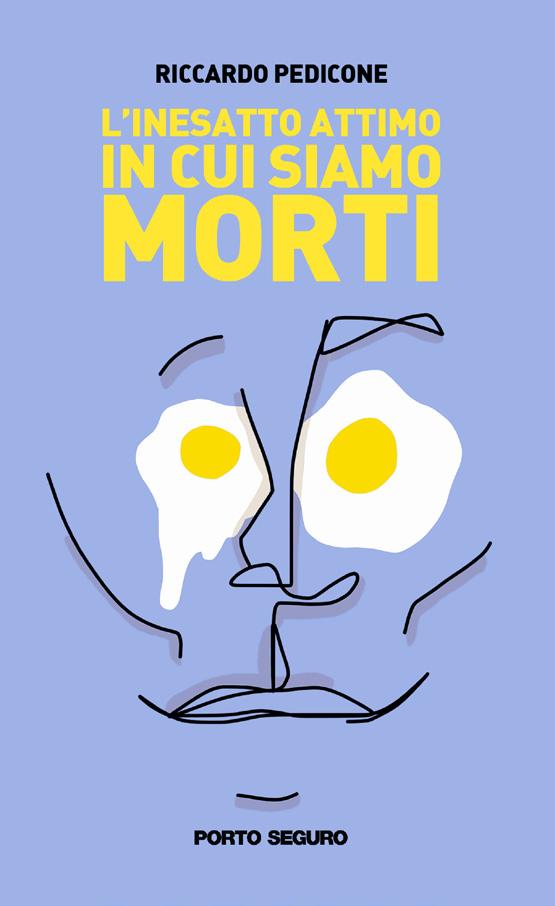

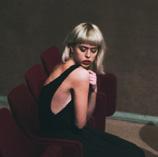

AMinneapolis, sulla sponda del fiume, viene rinvenuta una testa umana, recisa di netto. Nella sua bocca è stato inserito un fiore di loto e alla base del collo c’è il numero quattro tatuato. Il detective Clay Stone è al suo primo caso di omicidio e con l’aiuto di Rabbit, un giovane tecnico forense, ha il compito di scoprire l’identità della vittima e quella dell’assassino. Il giorno seguente però, nel pieno delle indagini, viene ritrovata una seconda testa, sempre con un fiore di loto inserito in bocca e un tatuaggio con il numero tre sul collo. Un terribile conto alla rovescia. Tra corse contro il tempo e oscure verità riemerse dal passato, Clay Stone si troverà nel mezzo di un macabro meccanismo ad orologeria che dovrà superare per riuscire a stanare Il killer del loto.




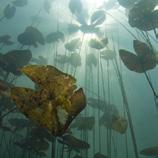

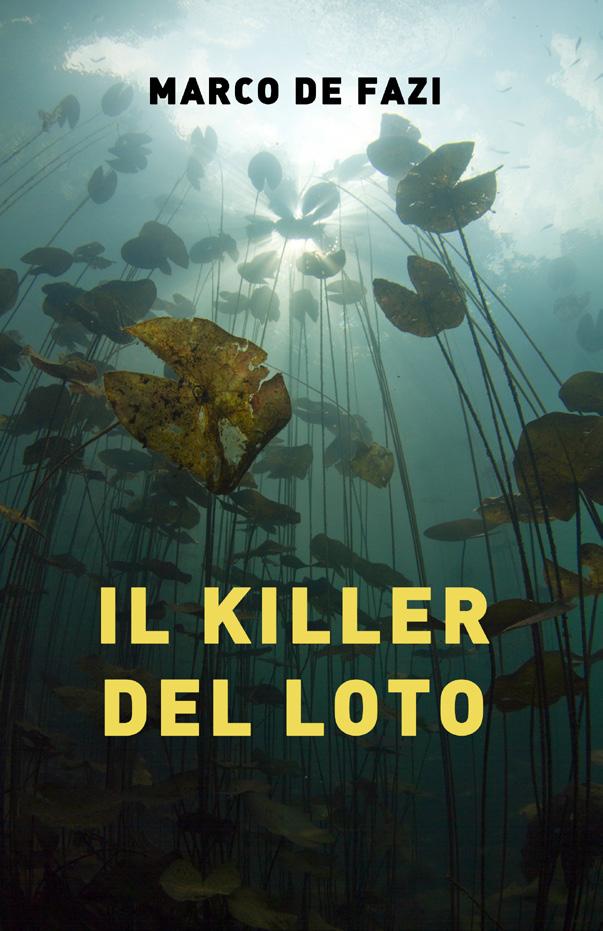
SIMONETTA BRANCATO nasce a Legnano nel 1984. La passione con il disegno è nata con lei, osservando suoi genitori e la loro anima creativa. Dipinge con varie tecniche, anche se il primo amore rimane la matita. Se solo fossi un’astronauta! è il suo primo libro illustrato con Porto Seguro Editore.
SILVIA GIANNATTASIO nasce a Milano nel 1988. Attualmente occupata nel campo dell’infanzia, scrive storie e racconti basati sulla realtà che quotidianamente la circonda. Se solo fossi un’astronauta! è il suo secondo libro con Porto Seguro Editore, dopo il romanzo La saltatrice e le nuvole di pioggia.
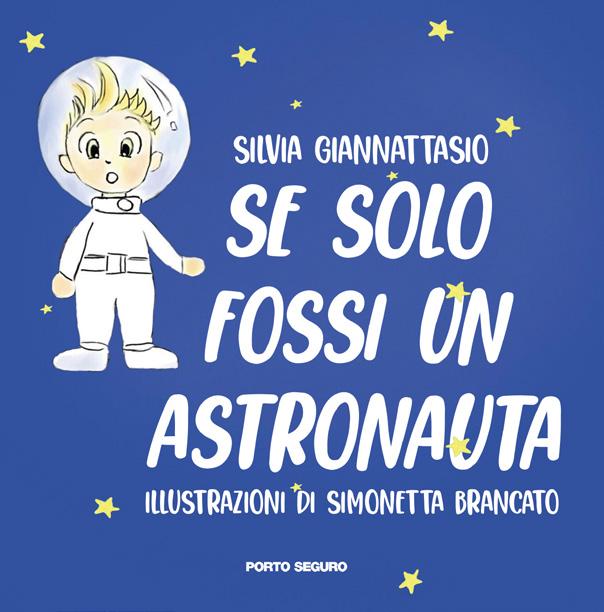

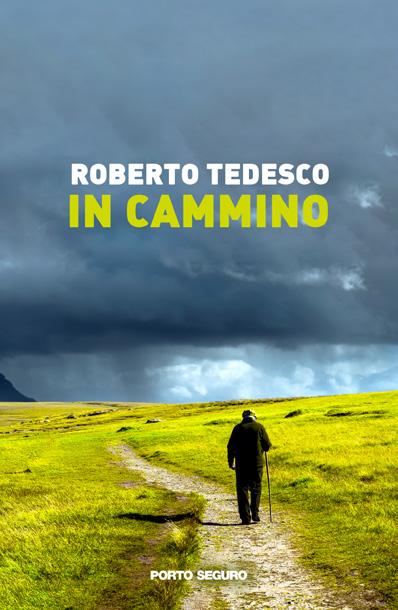

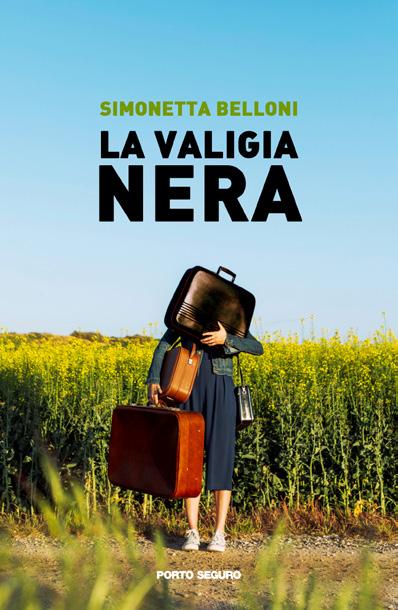
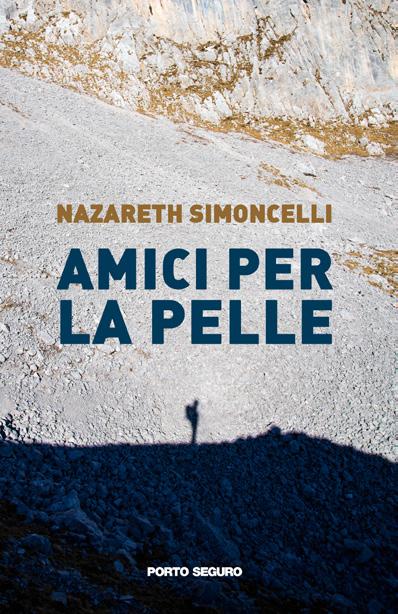



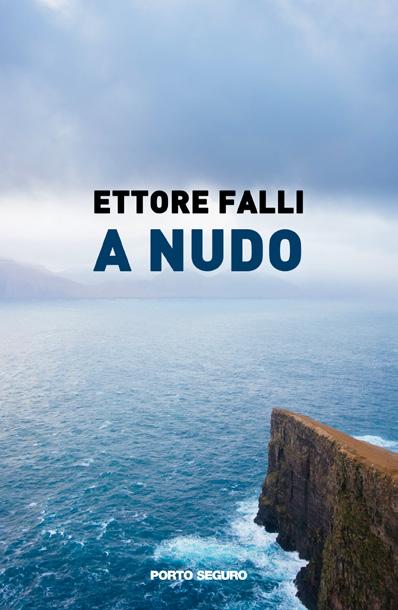

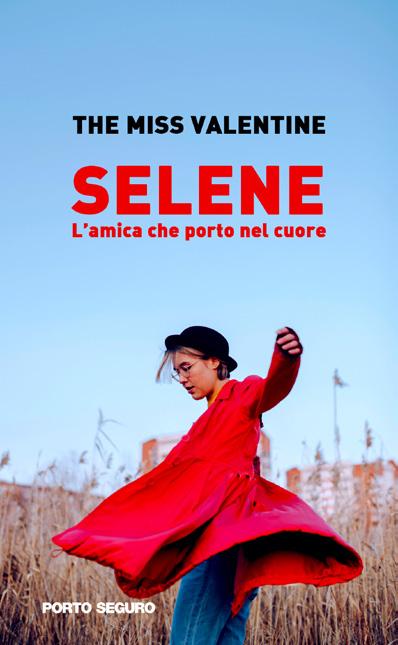
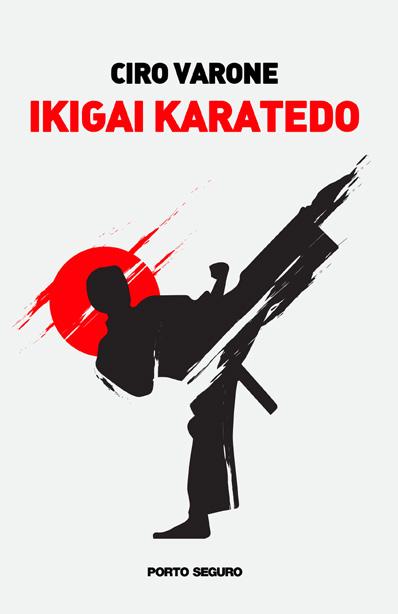

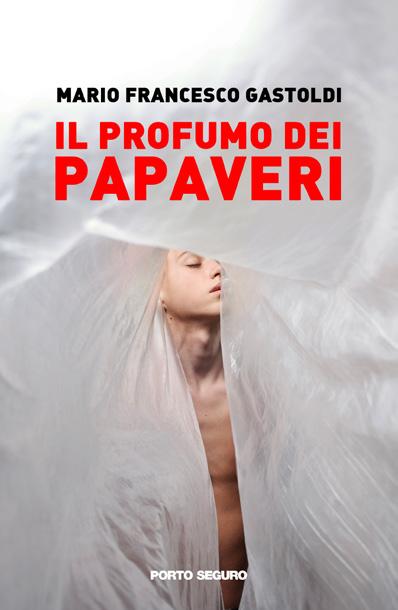
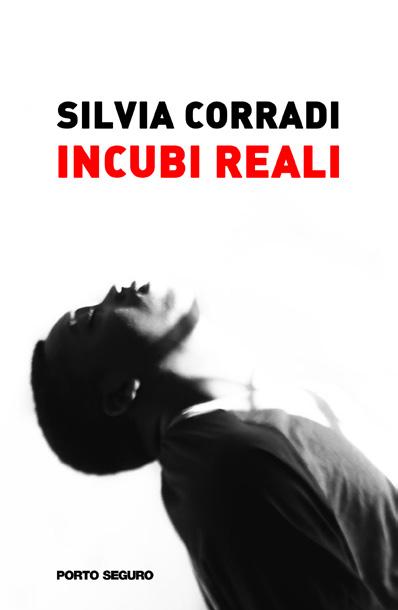
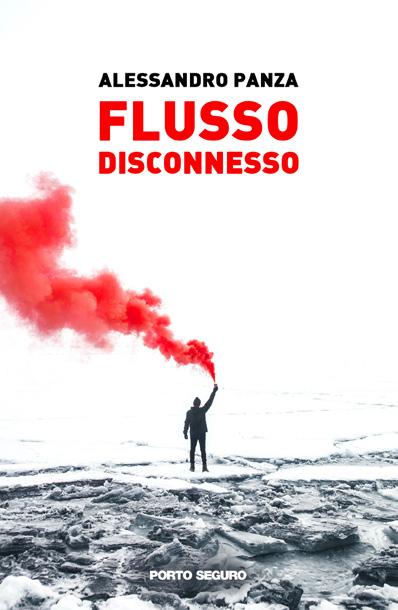
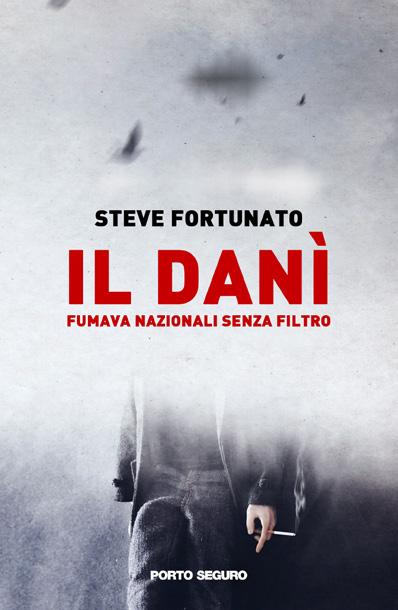
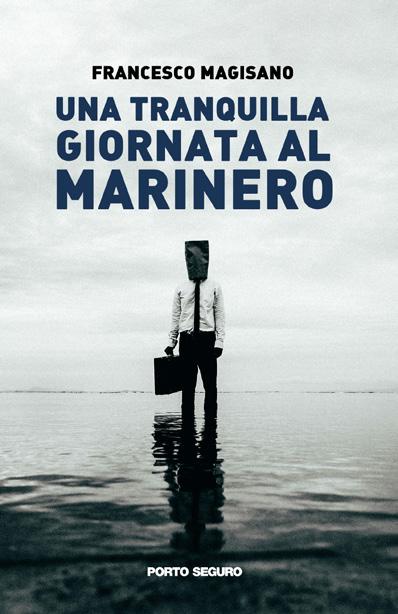


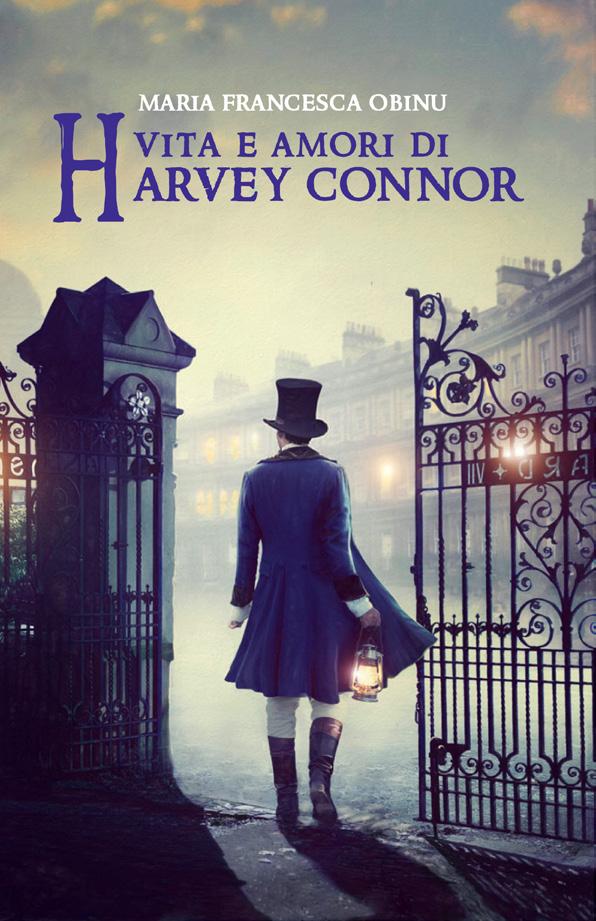
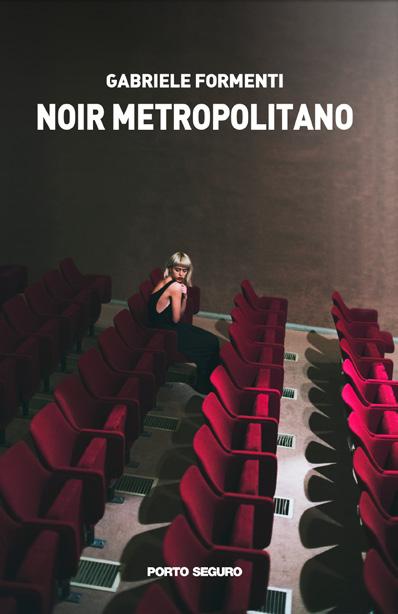





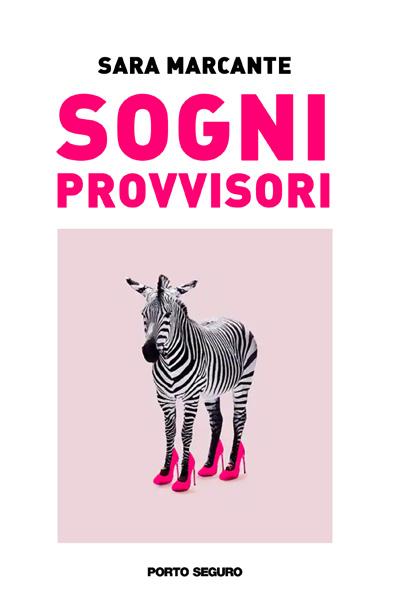
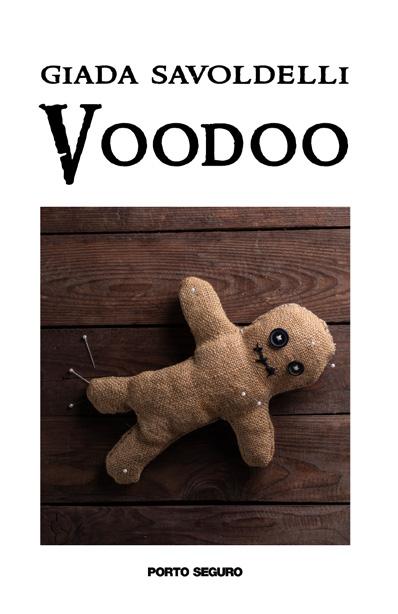

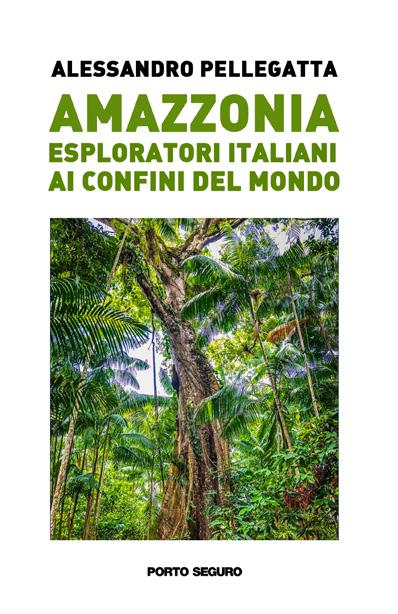





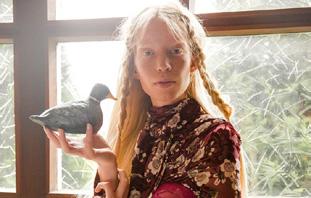





Having arrived at a 15-year sweet spot in his fashion photography career, Miles Aldridge is continuing to do what he likes to do; eschewing pretty images of pretty women in pretty situations. His is an intensely personal story: a life spent surrounded by model sisters, a successful yet wayward illustrator father, and a glamorous but suffering mother.



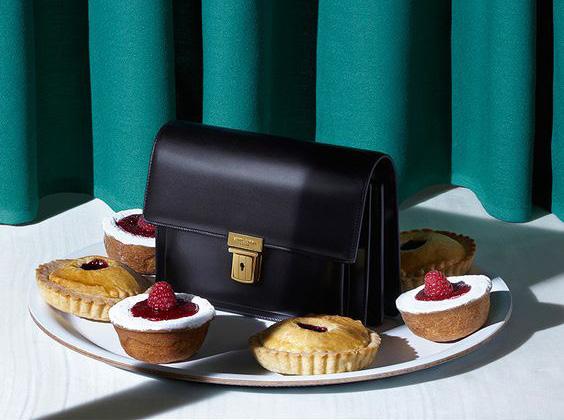
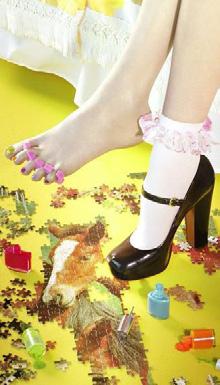

Through the lens, he constructs a graphic, deep dream world, wholly focused on his fascination with the “mystery” of women; a discontent and bewilderment that belies their seemingly perfect universes.
“I am the very best person to take my pictures,” Aldridge says.
In London, at least, this month belongs to Aldridge, with celebrations thrice over town: “I Only Want You to Love Me,” a retrospective put on by Somerset House; a monograph by the same name, published by Rizzoli (with a foreword by Glenn O’Brien); and a small gallery exhibition of limitededition works at Brancolini Grimaldi.
All three reveal his inimitable ability to create cinematic pictures, which chart place between attractiveness and unease, in what O’Brien classifies as “high glamour photo fiction.”
Aldridge’sisatalewelltold:thepictures he took of his first model girlfriend kick-starting his career by way of British Vogue in the ’90s, and a long list of intimidating supermodel names— Linda Evangelista, Anja Rubik— succeeding. His is a postmodern universe, “apt for now,” where his colourful, couture-clad subjects, photographed in playgrounds, supermarkets, showers, or in fast cars, is a place where more is still more.
A strange beauty, which sidesteps all the clichés, suggests beneath their “vacant” stares that endless consumerism is merely a short-lived antidote that can’t erase the inner doubt behind their external beauty.
For this celebratory retrospective, Aldridge includes previously unpublished photographs, drawings, scribbled notes, casual tears, storyboards, and Polaroids.
Though he still calls himself an “amateur” player “shy” with women, the book is reflective of the maker himself: direct, dynamic, engaging, imaginative, inquiring, sophisticated, considered, and complex.
DAVINA CATT: So this marks 15 years for you as a photographer. How does it feel—like a summing up, even a reckoning, maybe?

MILES ALDRIDGE: feel fairly satisfied and that the direction of my work has been a course worth pursuing, suppose. think the book is a very good manifesto of the last 15 years of my work, and hopefully a testimony of the times live in. When began in the late ’90s, felt quite lonely. We were coming out of the grunge era; was the time of Corinne Day, The Face, the height of the YBAs, where models had to be “real,” on real locations with no lighting. rebelled against the grungeys—I didn’t find the faux naturalism to be representative! had been reading a lot of J.G. Ballard at the time and was fascinated by the idea of the vapid

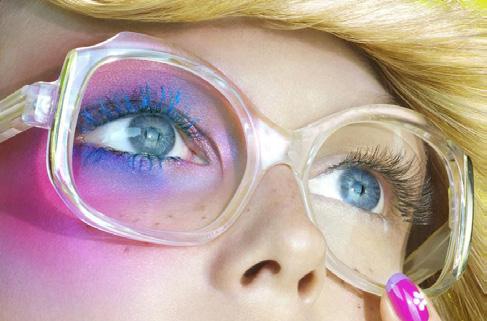

consumer society, the erotic charge of modern life, where the consumerist things we are coveting are just another form of destroying oneself—a modern world of uncertainty, where lost souls are trying to grab onto something for sense of contentment. did a series of dark, desperate women based on it—there was resistance to what was saying, my exhibitions weren’t being well received, and then 9/11 happened, and said to myself, “Have gone too far?” Now look back and realize going out on a complete limb at the time was right—well, people seem to be really responding to my message now, anyhow!
CATT: Will you miss anything about working towards this point, or is it a relief to be finished?
ALDRIDGE: Having a book is actually like a great master—helping to build a universe and unify work—especially in my pictures where there is such a strong signature, yet with a set of rigorous rules to it. I’m always working in this universe—whether picturing hamburger joints, Virgin Marys, domestic scenes— using these “vacantfaced” women as a medium to question universal truths. suppose like to set myself projects that are tight, focused, and then challenge myself with how broad can go within that limited aspect. think to Helmut Newton and film director, Federico Fellini—the added
level of eroticism, the arousing message— and how it was possible for them to keep their signatures over so many years.
CATT: Looking at these troubled, wounded women—I know there is always an autobiographical element in your fascination and vision of them, but you specifically cite your mother as muse for “I Only Want You to Love Me.”
ALDRIDGE: Yes, she died very suddenly when was in my mid20s. It was like she there was there and then gone. There is this line from a song by The Cure, which says it best:
“No one ever knows or loves another.” I was left with an enigma as to who she really was. suppose she paved the way, the first of many enigmatic women who have gone onto be part of my life. Fifteen to 20 years later, found myself really thinking who she was; it is like being left with detritus and you need to put the puzzle pieces together, so yes, she is in the women in my pictures. look at my women with a Shakespearean element too—the variant of emotions they are capable of—it’s not all completely dour, there is a bit of humor in there too! actually think the whole Shakespearean world is wrapped
up in every human being, from beauty to destruction and everything in between.
CATT: Are there any other autobiographical elements woven in?
ALDRIDGE: Yes, think in two ways. When look at the women, it’s from a male gaze of being fascinated, because beyond my mother, I’ve been around notorious women all of my life, and then, secondly, when look at women and try and create fictional stories around them. I’m inspired heavily by film influences—Lynch’s Blue Velvet, Fellini, Hitchcock, Almodóvar, and what see in the cinema—so there is
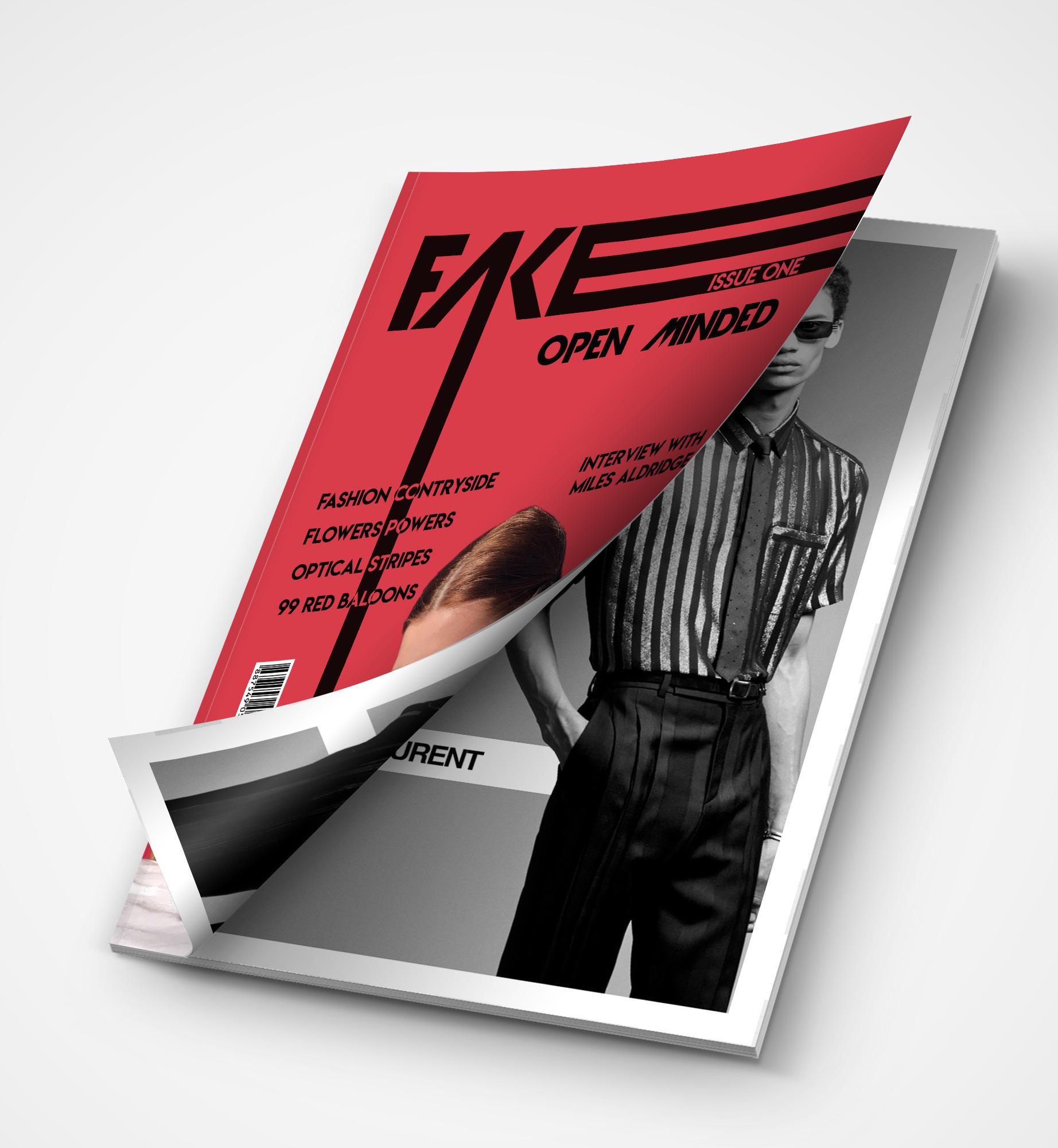













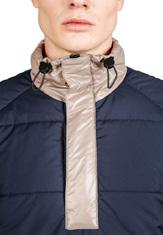
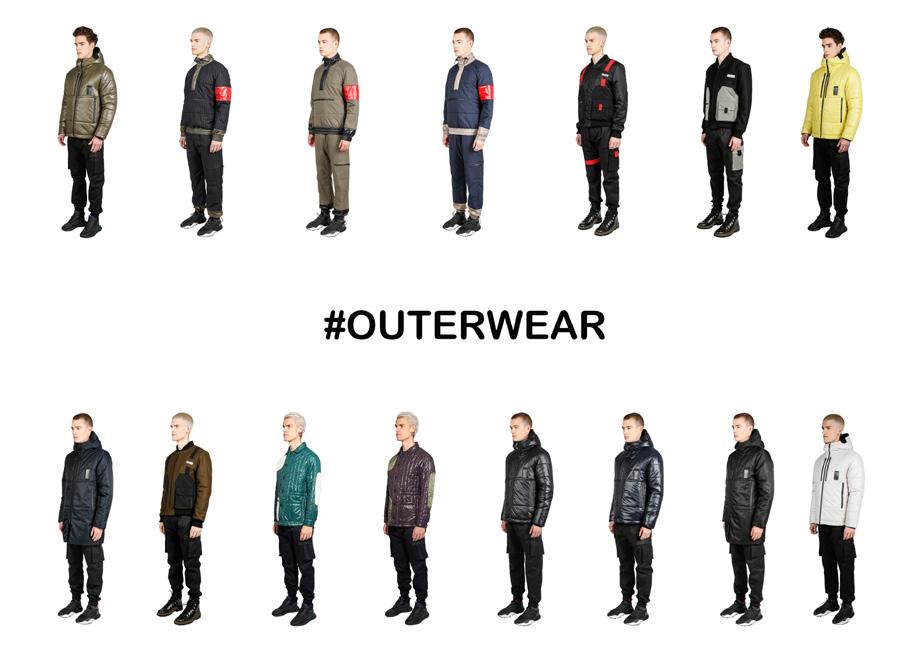
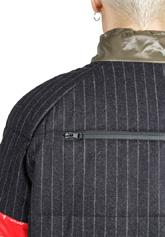
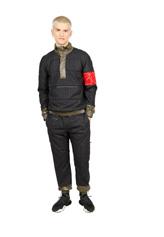


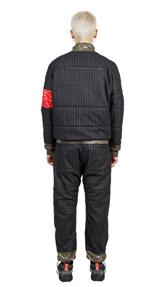
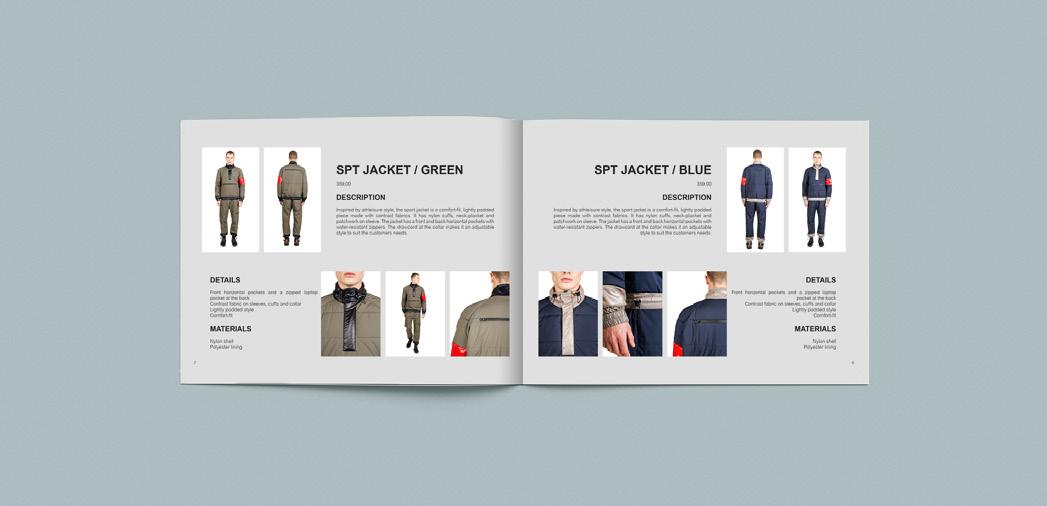
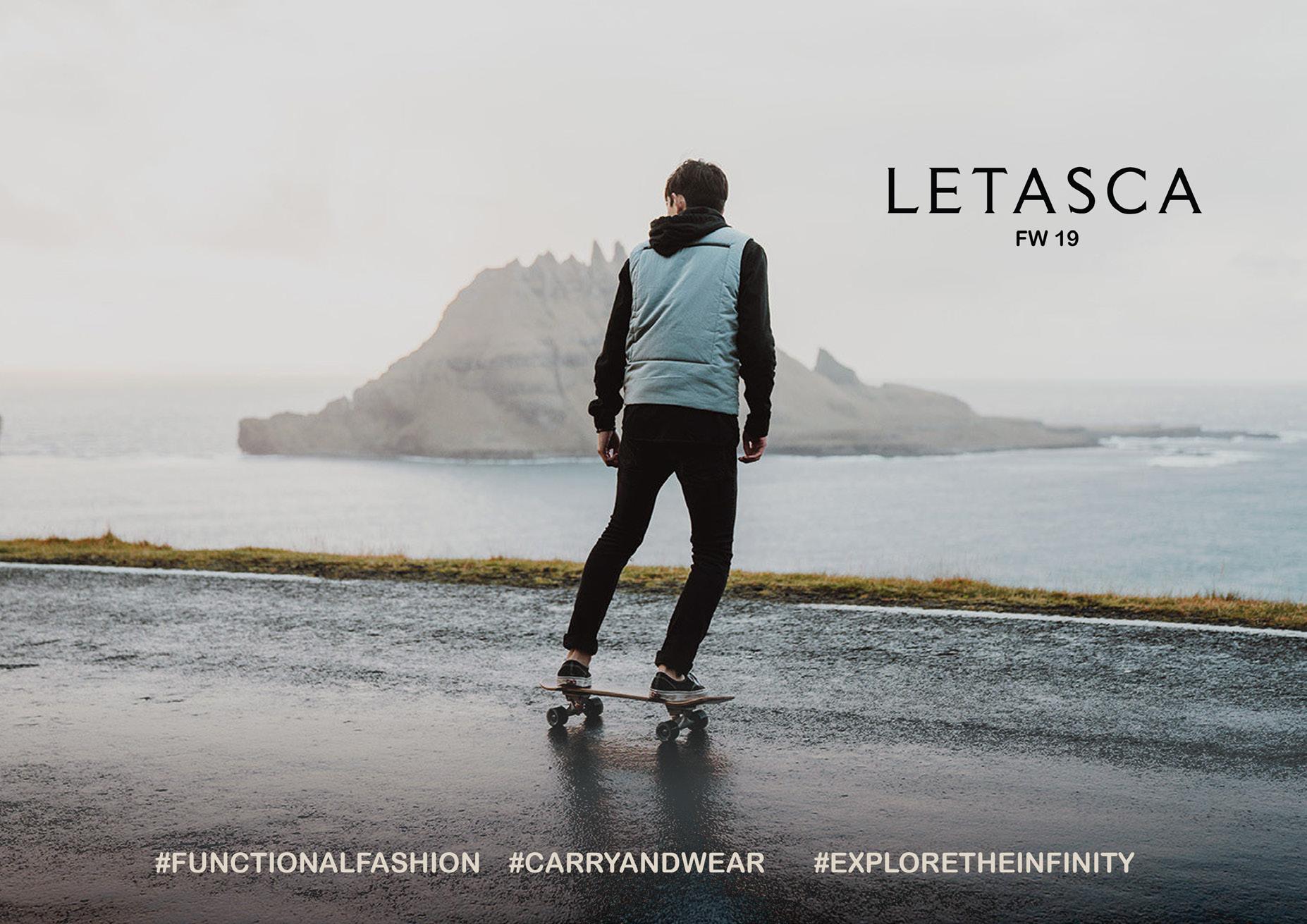





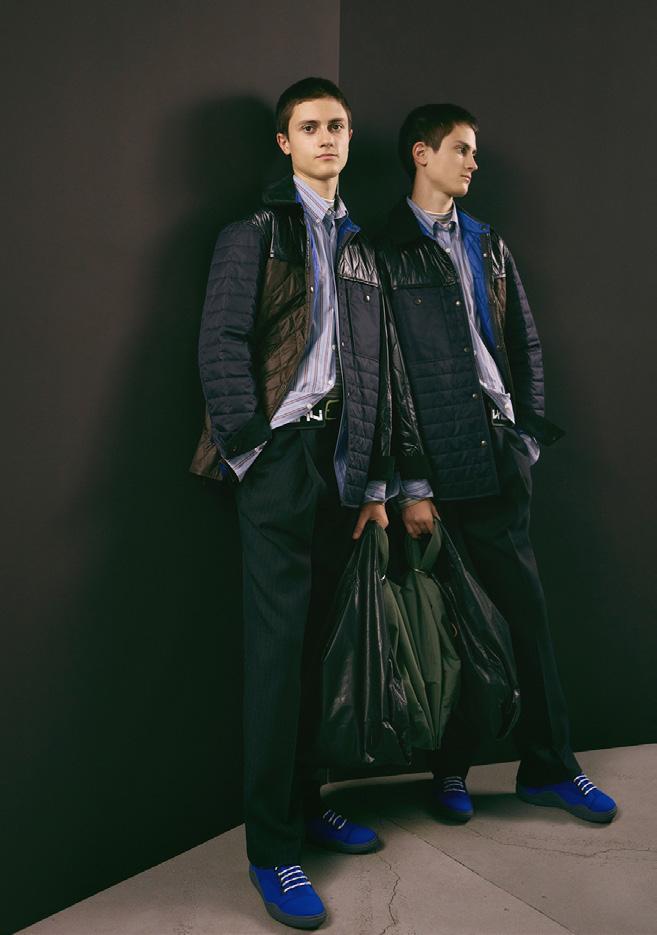





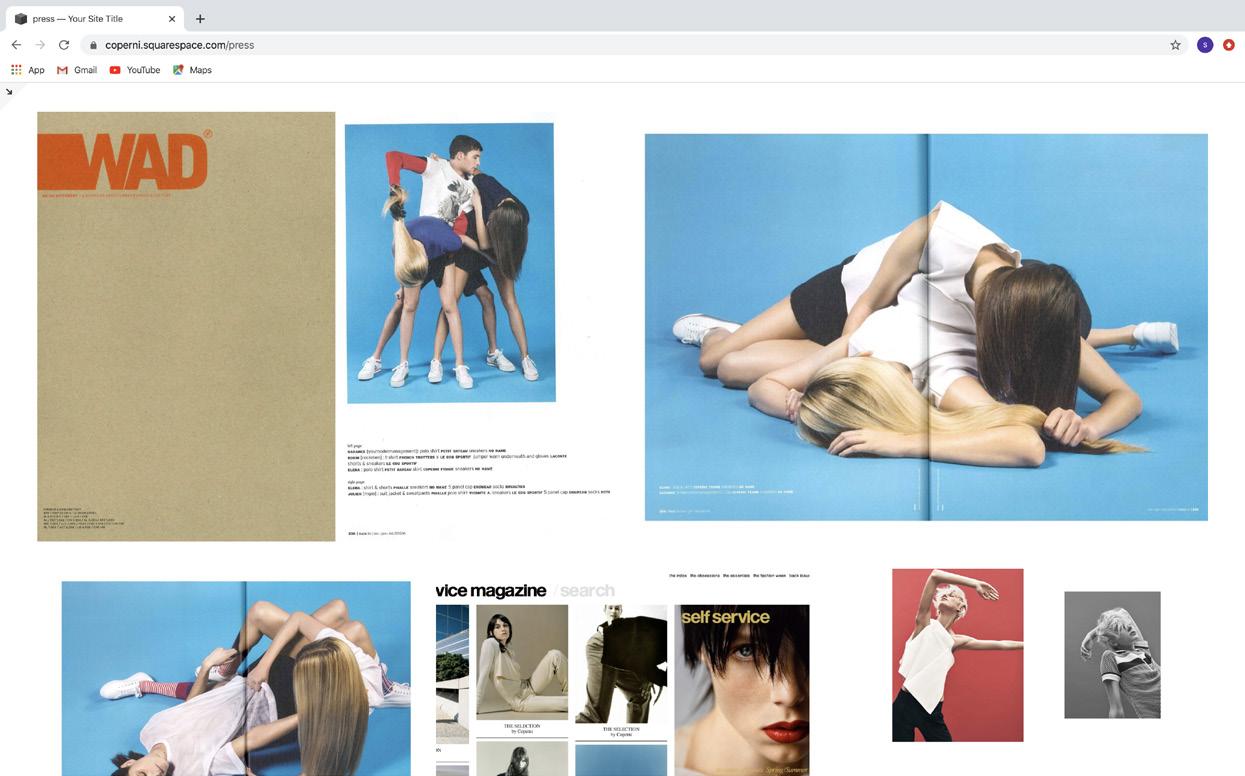
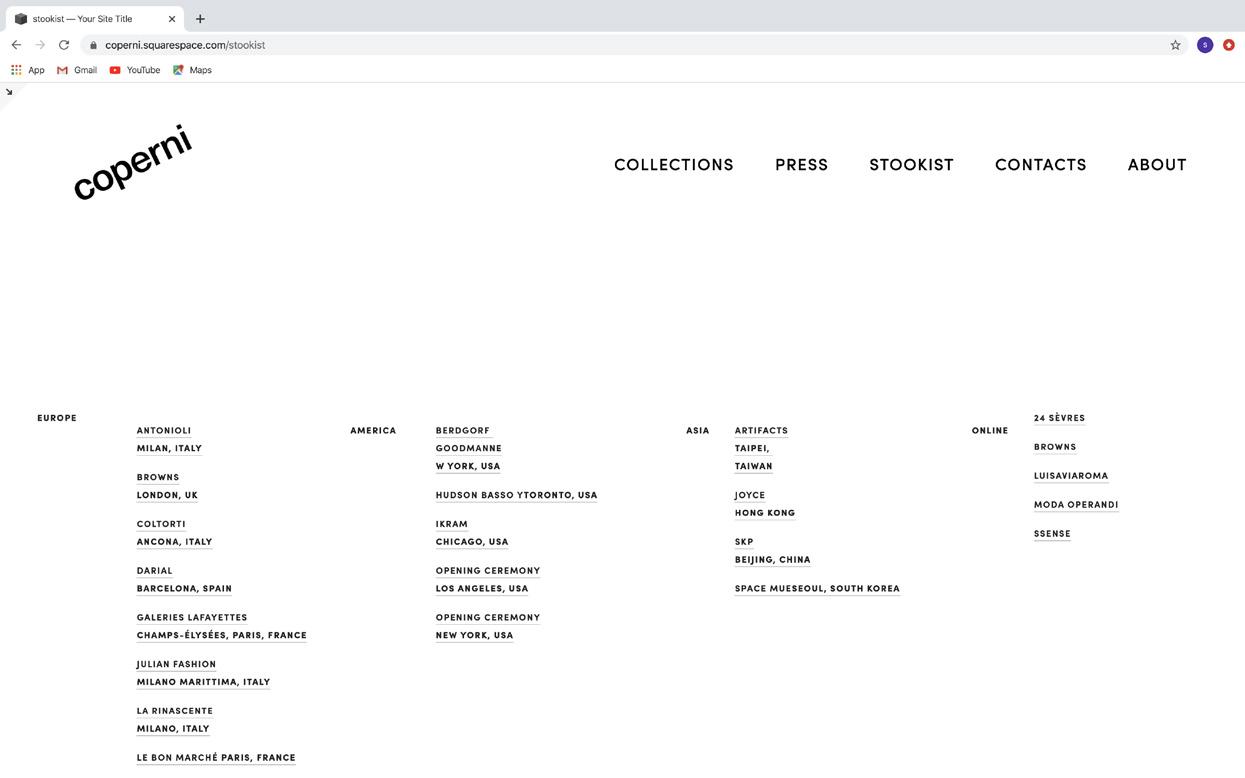

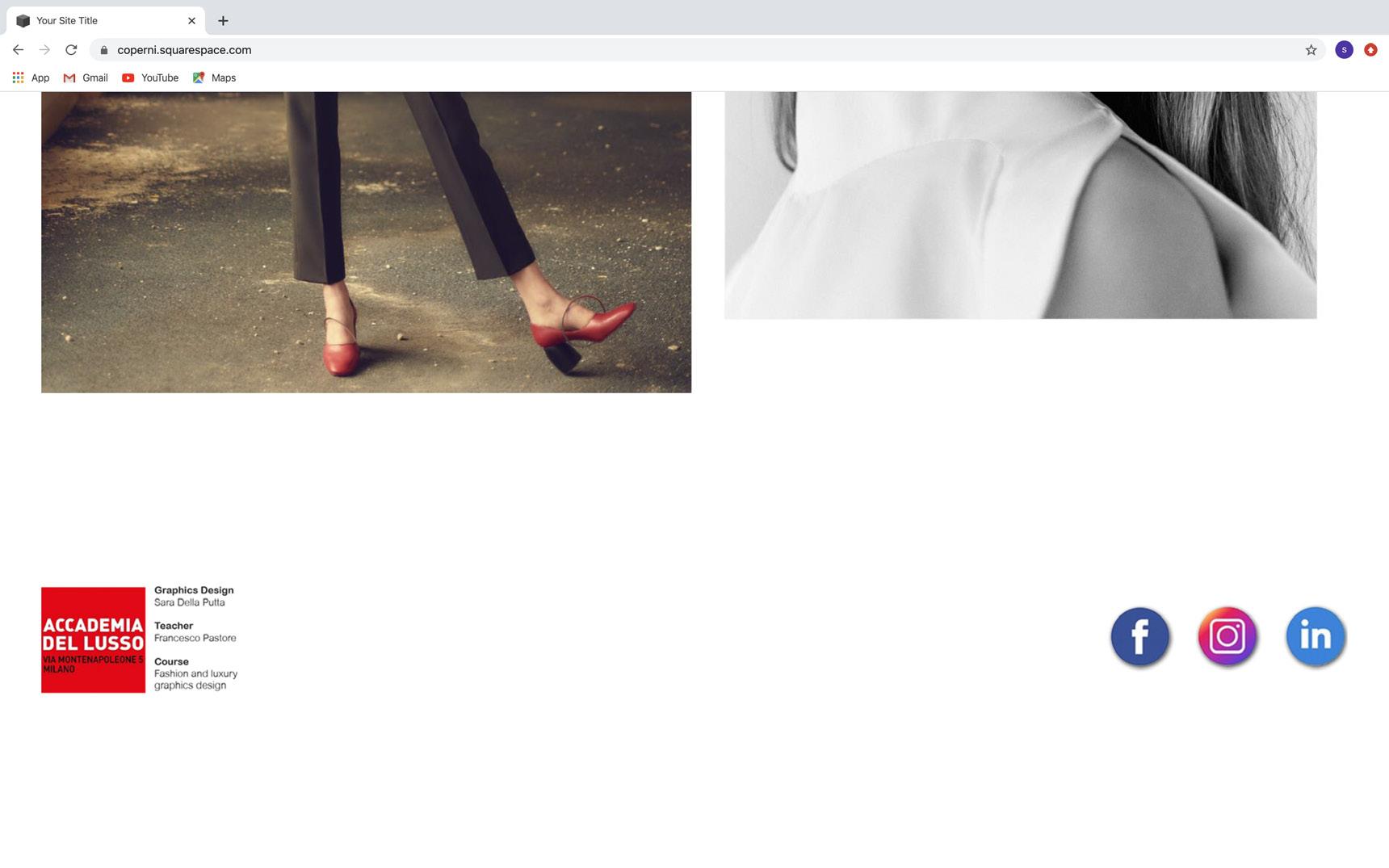


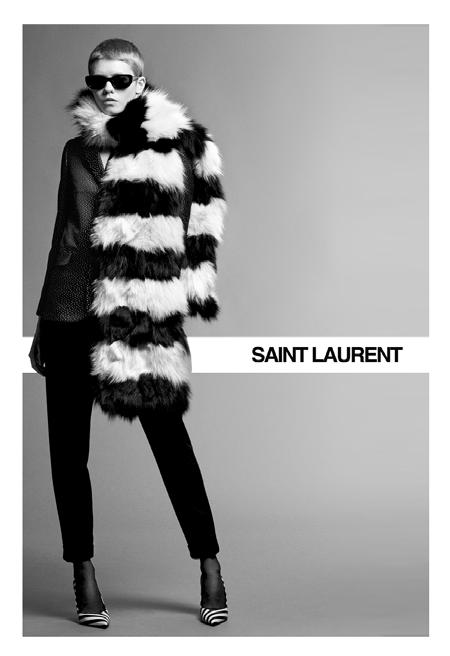
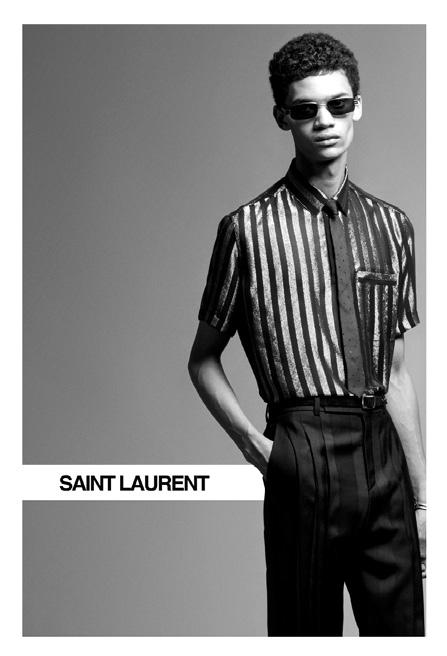

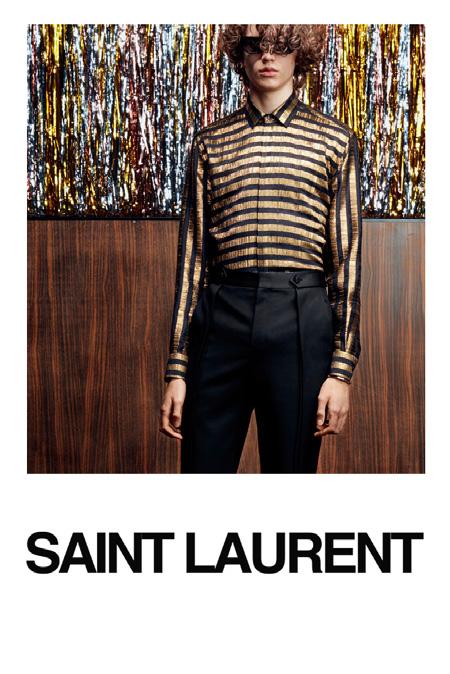
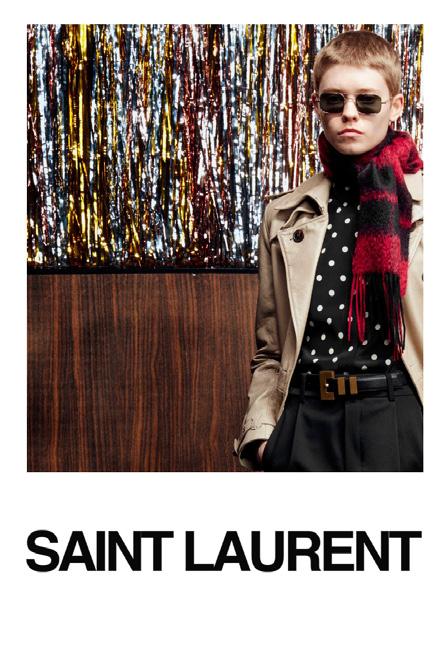


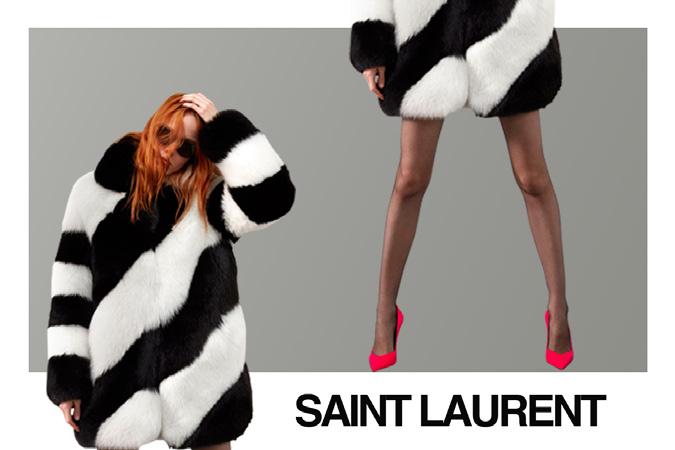






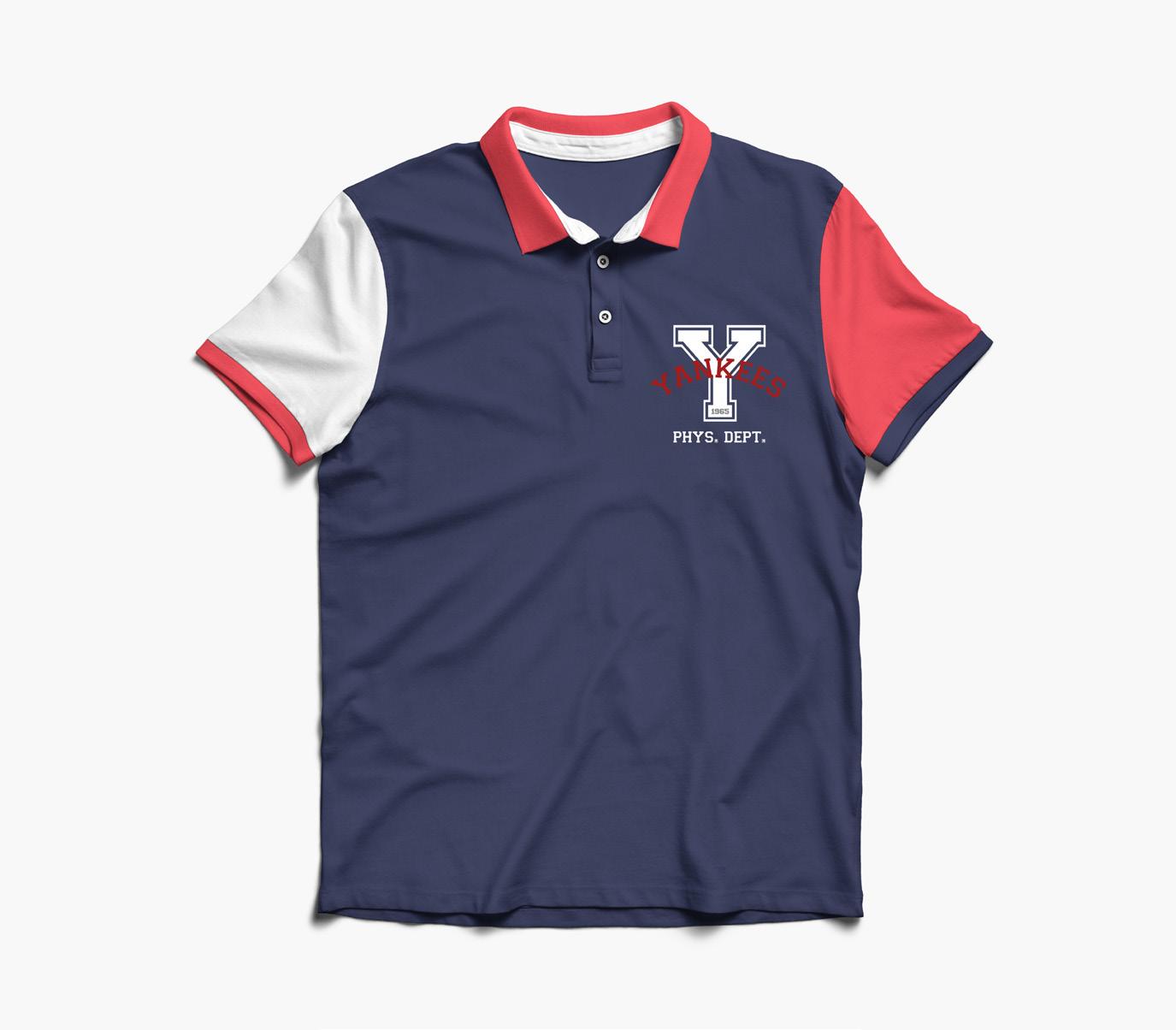

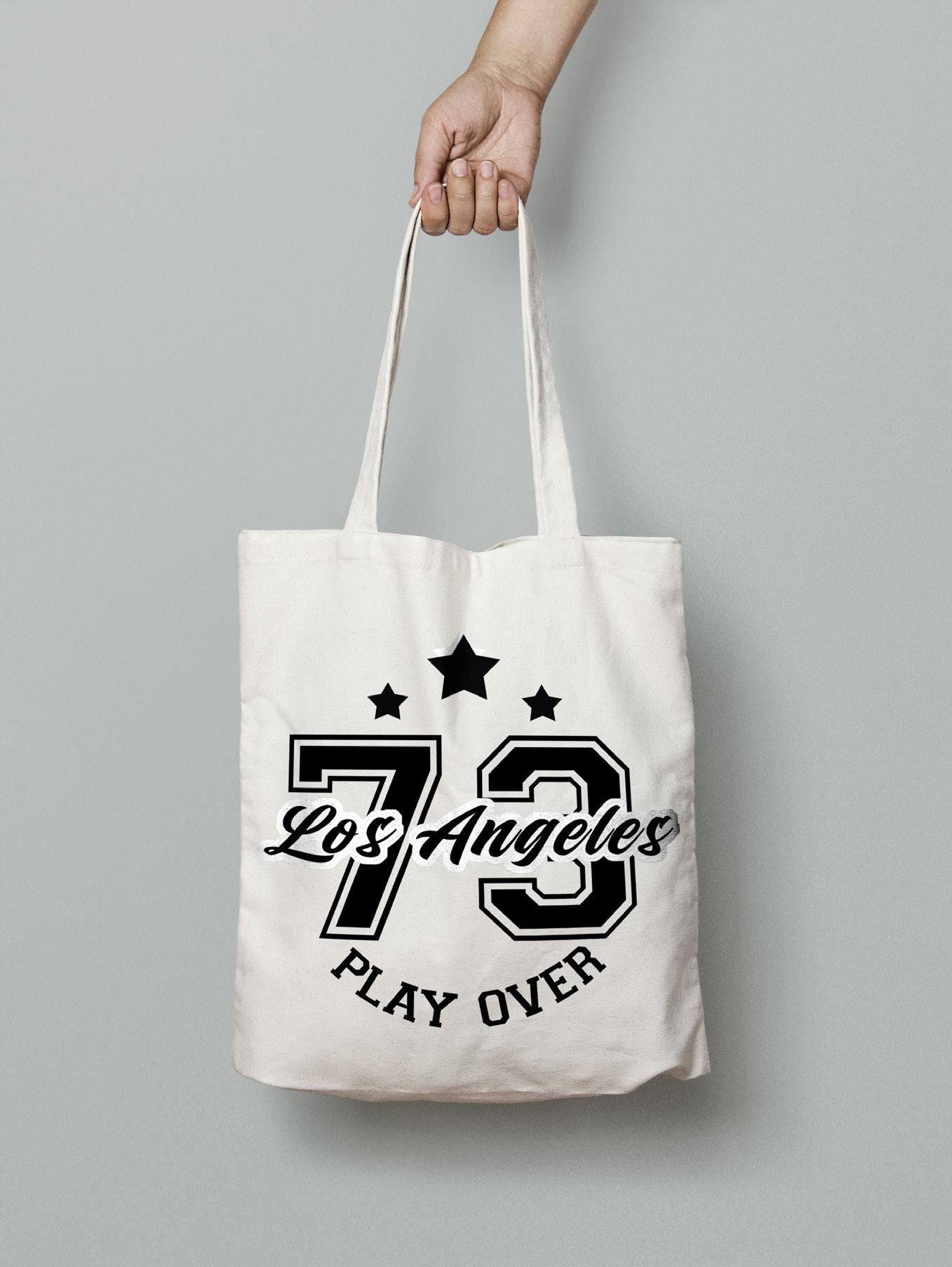

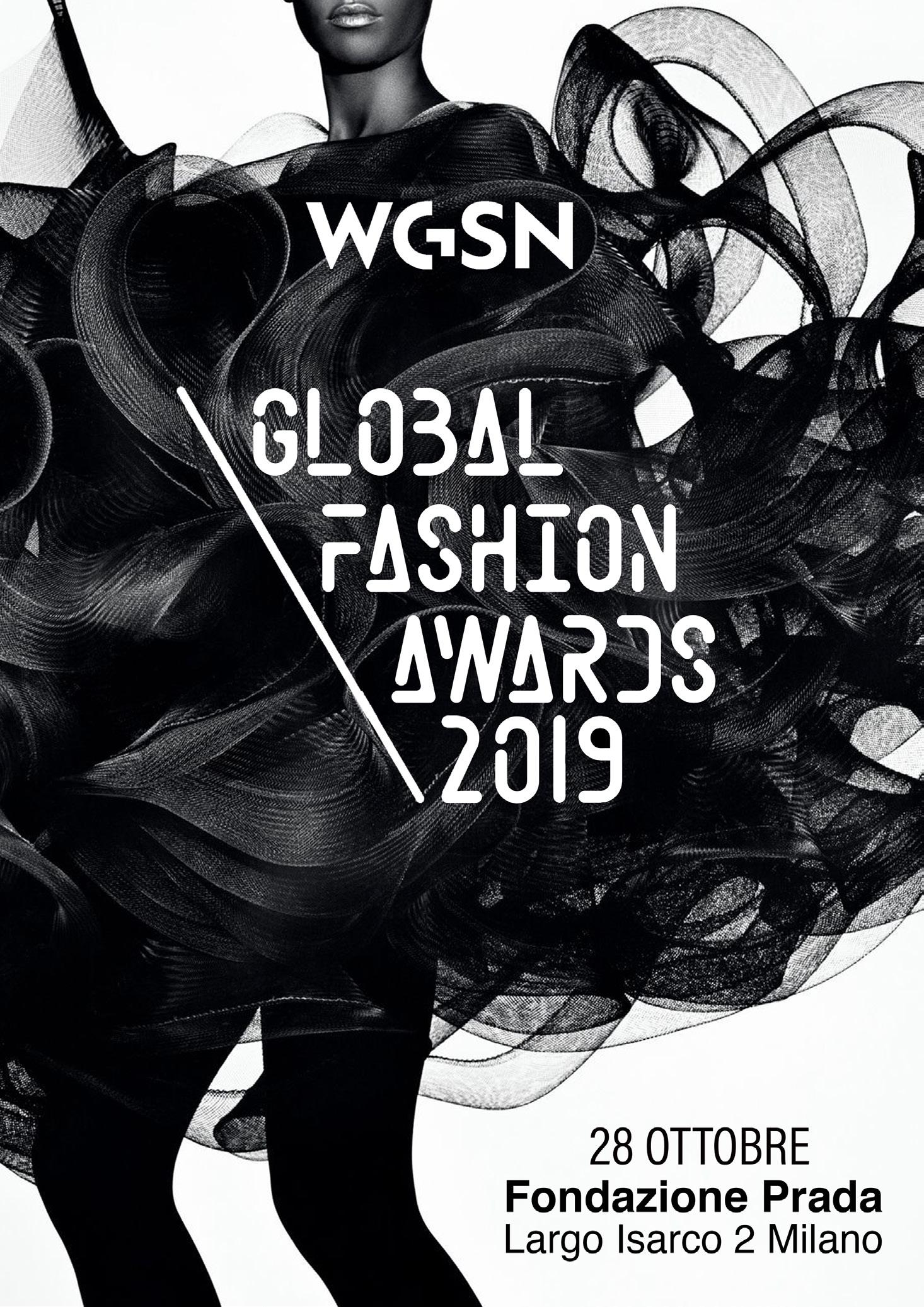
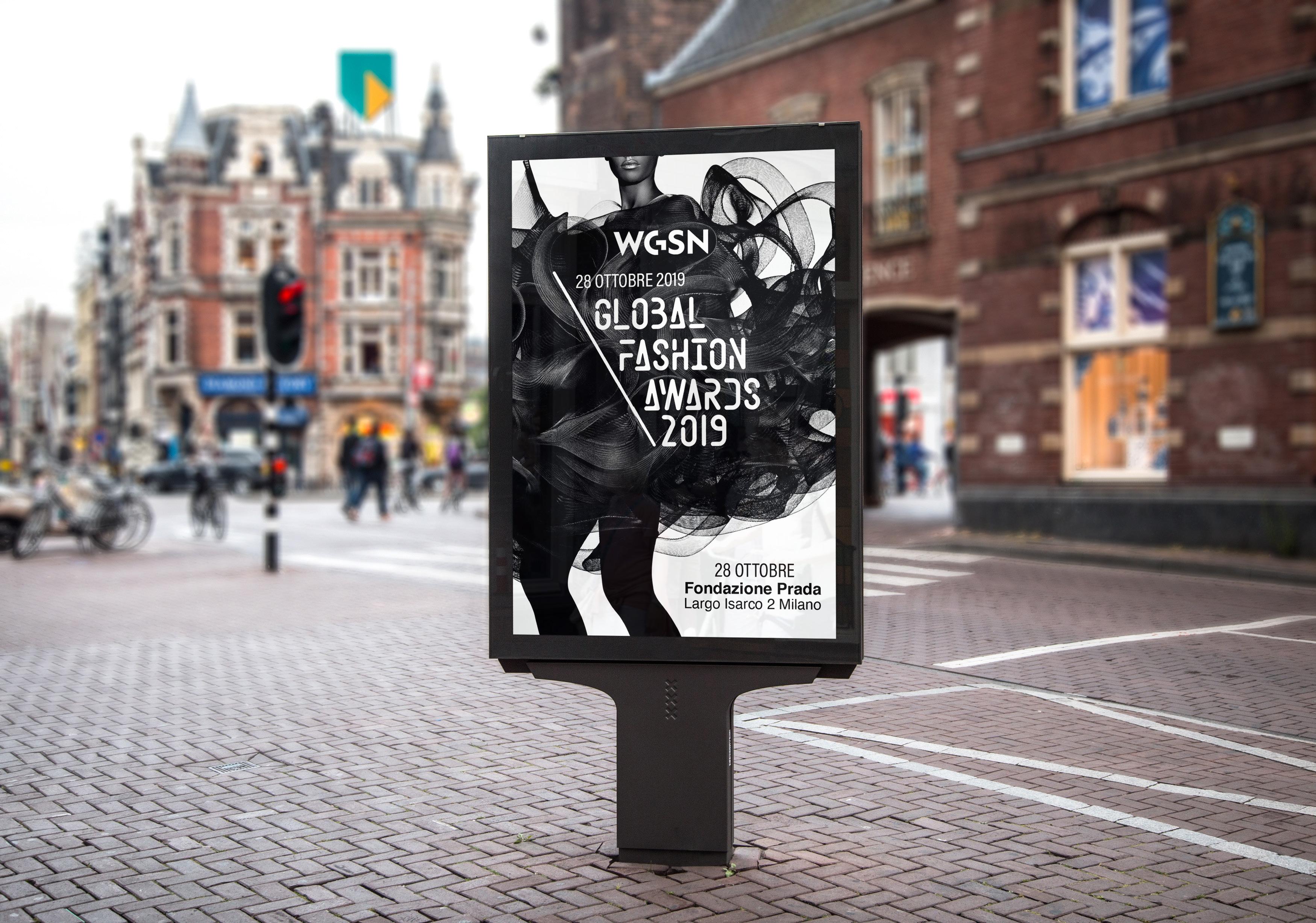




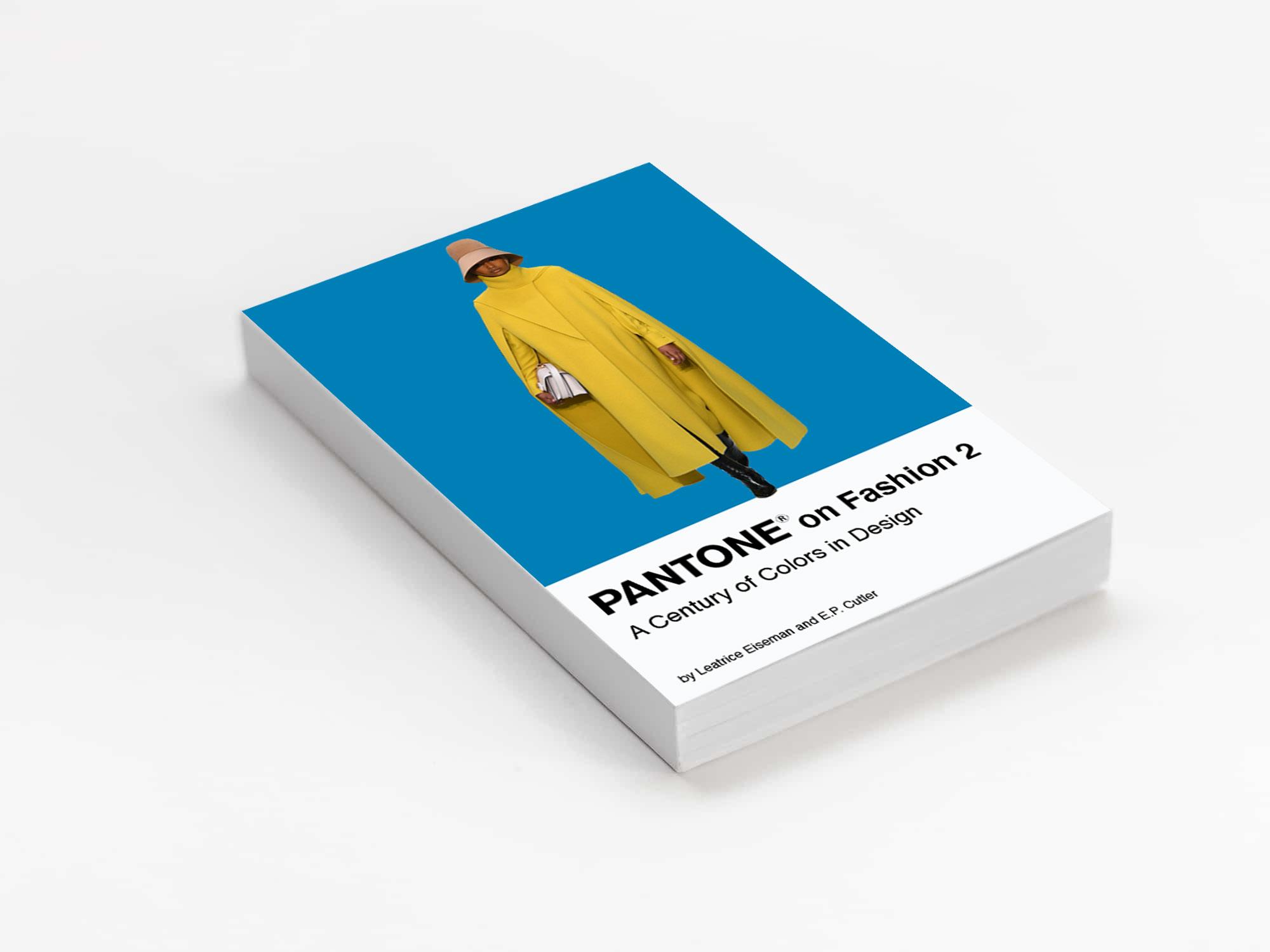








 Stylist and make up : Sara Della Putta Model : Giulia della putta
Stylist and make up : Sara Della Putta Model : Giulia della putta




